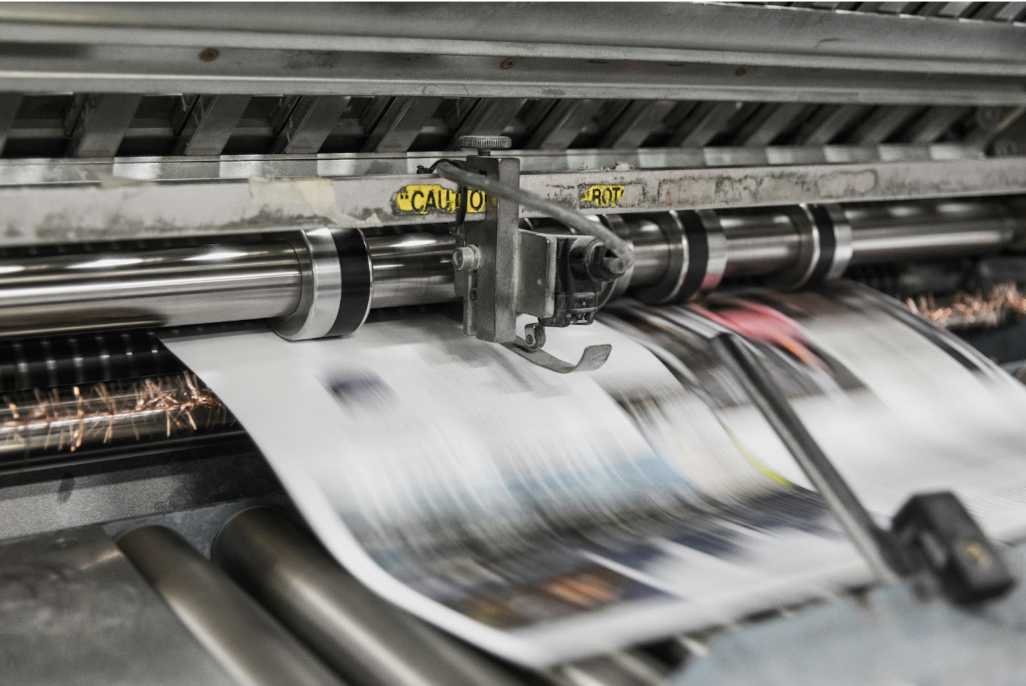By: Rachel Jacobs
When working with PR companies and deciding how to share news, it’s essential to choose the right approach for maximum impact. The strategy you use can depend on the significance of the news and the audience you want to reach. A newsflash, for instance, is a brief, less formal announcement that’s typically sent to a smaller, more targeted contact list. This is useful for spreading the word quickly without the need for a full press release. On the other hand, if you’re aiming for more detailed coverage that requires speaking to the clients, a pitch is often the best route. A well-crafted pitch allows you to tailor your message to specific journalists or media outlets, increasing the chances of getting a feature or article written about your news or company expert.

A press release is another option—one of the more traditional and formal methods of sharing information. It’s a structured way to communicate key announcements, product launches, or significant developments. Often, we find that our clients use press releases to announce significant updates such as a new hire, a promotion, or a premiere. These types of announcements typically require a larger distribution list, as they are intended to reach the broader industry and ensure widespread awareness.
However, there are common misconceptions about press releases, with many assuming they’re the automatic solution to every PR need. In reality, a press release isn’t always the best fit. For instance, if your goal is to secure quick news pickup, a personalized pitch sent to select journalists can be just as effective, if not more so, in getting the attention you want. Pitches offer a chance to engage directly with media contacts, making the message feel more relevant and targeted.
While press releases can generate media attention and SEO, a large portion of successful news coverage often comes from cultivating strong media relationships. It’s important to remember that sending a press release is just the beginning; meaningful follow-up with journalists can make all the difference. Reporters receive dozens of press releases daily, so building rapport with them through consistent, thoughtful communication helps your news stand out.
There are some key components to a press release that are crucial for its effectiveness:
- The headline is one of the most important elements—it should be both compelling and clear, immediately conveying why the news matters and why it deserves media coverage. The headline should grab attention while giving journalists an idea of the story’s angle.
- Additionally, the body of the release should contain all the relevant details, but presented in a way that’s easy to digest. Avoid jargon and keep it focused on the facts.
- Another important feature of a press release is the boilerplate. This section provides a concise overview of your company, particularly for media outlets or journalists unfamiliar with your brand. It allows readers to quickly understand the company’s background, mission, and recent accomplishments, and it often serves as a gateway for further exploration.
Press releases can be invaluable, but their effectiveness depends on how they’re written and distributed. It’s crucial to tell a compelling story while keeping the message concise and focused. Rambling or including unnecessary details can dilute the impact. Instead, prioritize the most newsworthy aspects of the announcement and present them in a way that’s engaging and easy to understand. A well-constructed press release should leave journalists with a clear understanding of why the news is important, and inspire them to cover it.
In short, choosing the right PR tool—whether it’s a newsflash, a pitch, or a press release—depends on the type of news and your media objectives. And while the method is important, the content and relationships behind it are just as critical to achieving strong media coverage.
WWrite a Comment
You must be logged in to post a comment.